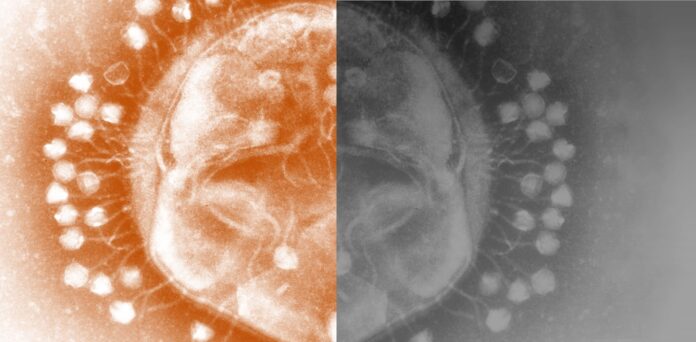Bacteriophages, or phages, are viruses that infect and replicate within bacterial cells. In recent years, the diversity of phages in the environment has been increasingly recognized, leading to the discovery of thousands of new phages with unique characteristics. This article provides an overview of the diversity of phages in the environment, including their discovery and potential applications.
Phages have been known to exist in the environment for over a century, but their diversity and potential applications have only recently been appreciated. The increasing availability of high-throughput sequencing technologies has allowed for the rapid discovery and characterization of thousands of new phages with unique properties.
The discovery of new phages has been facilitated by metagenomics, a technique that involves the direct sequencing of DNA from environmental samples. Metagenomic studies have revealed a staggering diversity of phages in the environment, including those that infect bacteria in soil, water, and the human microbiome. The use of bioinformatics tools to analyze phage genomes has also led to the discovery of novel phage families, some of which have never been observed before.
The characterization of phages involves the analysis of their genomes, morphology, and host range. This information is crucial for understanding the potential applications of phages, such as their use as therapeutic agents for bacterial infections or as tools for biotechnology. Phages can be classified based on their morphology, which includes the size and shape of their capsid and the presence or absence of a tail. Different phage families have distinct morphologies, which can be used to identify and classify them.
The diversity of phages in the environment has important implications for their potential applications in various fields. Phages have been studied for their use as therapeutic agents for bacterial infections, particularly those caused by antibiotic-resistant bacteria. Phage therapy has shown promise in both animal models and clinical trials, and is currently being investigated as a potential alternative to antibiotics. In addition to their use in medicine, phages are also being studied for their use in biotechnology. Phages have been used to engineer bacteria for various applications, such as the production of biofuels and the degradation of environmental pollutants. The discovery of thousands of new phages with unique characteristics highlights the immense diversity of phages in the environment.
This diversity has important implications for their potential applications in medicine, biotechnology, and beyond. Further research is needed to fully understand the potential of these novel phages, but their discovery represents a promising avenue for the development of new therapies and technologies.


